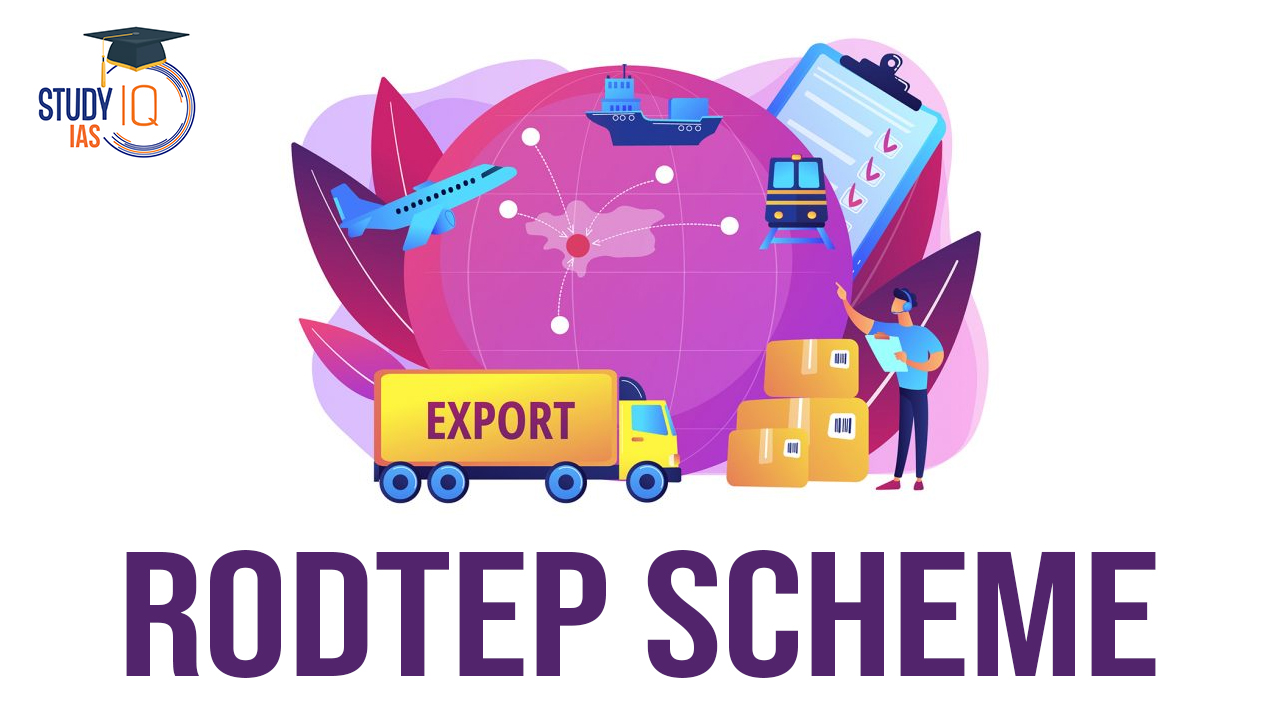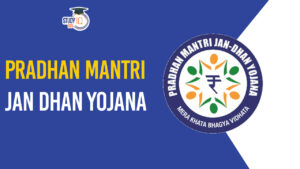Table of Contents
Context: The Indian government has declared that shipments from Special Economic Zones (SEZs) and Export Oriented Units (EOUs) will be granted tax refunds under the RoDTEP scheme until September 30.
More About News
In a significant move to bolster India’s exports amidst global economic uncertainties and supply chain disruptions, the government has extended the Remission of Duties and Taxes on Exported Products (RoDTEP) scheme to companies in Special Economic Zones (SEZs), Export-Oriented Units (EOUs), and Advance Authorisation (AA) holders. The decision, announced by Union Minister of Commerce & Industry Piyush Goyal on March 8, 2024, recognizes the substantial contribution these sectors make to the country’s exports, accounting for approximately 25% of the total shipments.
About Remission of Duties or Taxes on Export Products (RoDTEP) scheme
- Introduction: Launched in January 2021, RoDTEP is a government program to boost exports by refunding specific taxes and duties on exported goods.
- Objective: Replaces the Merchandise Export Incentive Schemes (MEIS) to comply with WTO regulations.
- It aims to make Indian exports more competitive by removing the burden of embedded taxes.
- Applicability: All exporters in India, regardless of size or type (merchant or manufacturer), can benefit from RoDTEP, as long as the goods are manufactured and directly exported from India.
- This includes exports facilitated by e-commerce platforms.
- Tax Reimbursement: RoDTEP reimburses taxes, duties, and levies incurred during the production and distribution of exported goods that aren’t covered by other existing schemes (central, state, or local).
- This includes both direct costs to the exporter and indirect taxes paid at earlier stages of production.
- WTO Compliance: The scheme adheres to the WTO principle that taxes shouldn’t be part of exported goods. This ensures India remains compliant with international trade regulations.
We’re now on WhatsApp. Click to Join
Difference Between MEIS And RoDTEP
| MEIS | RoDTEP |
| Incentives available on the export of goods | Refund of duties and taxes not covered by other schemes |
| Not compliant with the WTO norms | Compliant with the WTO norms |
| 2%-5% of the FOB (Free On Board) value of exports | Product-based % is yet to be notified |
| Issued in the form of physical transferable scrips | Issued as transferable duty credit/electronic scrips maintained in an electronic ledger. |
RoDTEP Scheme: A Key Initiative
The RoDTEP scheme, launched in January 2021, aims to refund various embedded taxes and duties on exported products that are not rebated under any other scheme, such as GST or the Duty Drawback scheme. These include central, state, and local duties, taxes, and levies incurred during the manufacturing and distribution of exported products. The scheme has already provided support amounting to ₹42,000 crores to more than 10,500 export items at the 8-digit ITC HS Code level.
Budget Allocation and Extension Period
For the current financial year, the RoDTEP scheme has a budget of ₹15,070 crores, with an additional 10% increase planned for the fiscal year 2024-25. Considering the budgetary allocation, the extension of RoDTEP support to additional sectors is currently set until September 30, 2024.
RoDTEP Scheme Key Features
The Remission of Duties and Taxes on Exported Products (RoDTEP) scheme is a significant initiative launched by the Indian government to promote exports and enhance the competitiveness of Indian products in the global market. Here are some key features of the RoDTEP scheme:
- Refund of Embedded Taxes and Duties: The primary objective of the RoDTEP scheme is to refund various embedded taxes and duties incurred in the manufacturing and distribution of exported products. These taxes and duties include central, state, and local levies that are not reimbursed under any other export promotion scheme.
- Wide Coverage: The RoDTEP scheme covers a wide range of export items across various sectors, including but not limited to engineering, textiles, chemicals, pharmaceuticals, and food processing. This broad coverage ensures that a diverse array of exporters can benefit from the scheme.
- Boosting Competitiveness: By providing refunds on embedded taxes and duties, the RoDTEP scheme aims to enhance the competitiveness of Indian exporters in international markets. It helps to reduce the cost of exported goods, making them more attractive to foreign buyers.
- Budget Allocation: The government allocates a budget for the RoDTEP scheme to provide financial support to exporters. The budget is revised periodically to accommodate changes in export trends and requirements.
- Extension to Additional Sectors: Over time, the RoDTEP scheme has been extended to cover additional sectors such as Special Economic Zones (SEZs), Export-Oriented Units (EOUs), and Advance Authorisation (AA) holders. This expansion ensures that a broader spectrum of exporters can avail themselves of the scheme’s benefits.
- Transparent Rates and Refunds: The RoDTEP rates are transparent and are determined based on the input-output norms of various export products. These rates are periodically reviewed and adjusted to reflect changes in input costs and market conditions. Exporters receive refunds based on these predetermined rates, ensuring transparency and predictability.
- Supporting Government Initiatives: The RoDTEP scheme aligns with the government’s larger objectives of promoting exports, generating employment, and fostering economic growth. By incentivizing exports, the scheme contributes to the realization of these objectives.
- Complementary Measures: The RoDTEP scheme is often complemented by other export promotion measures such as Free Trade Agreements (FTAs), trade facilitation initiatives, and infrastructure development projects. These complementary measures create a conducive environment for exporters to thrive.


 Poshan Abhiyaan, POSHAN 2.0, Features an...
Poshan Abhiyaan, POSHAN 2.0, Features an...
 10 years of PM Jan Dhan Yojana, Objectiv...
10 years of PM Jan Dhan Yojana, Objectiv...
 Employment Linked Scheme (ELS) announced...
Employment Linked Scheme (ELS) announced...





















